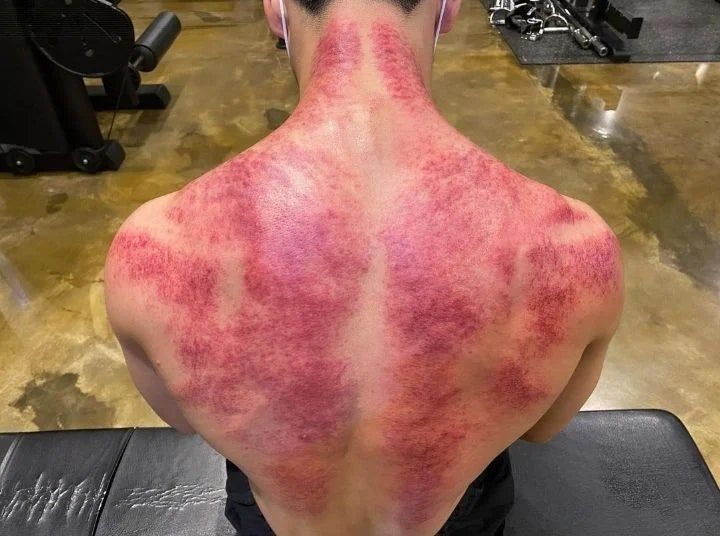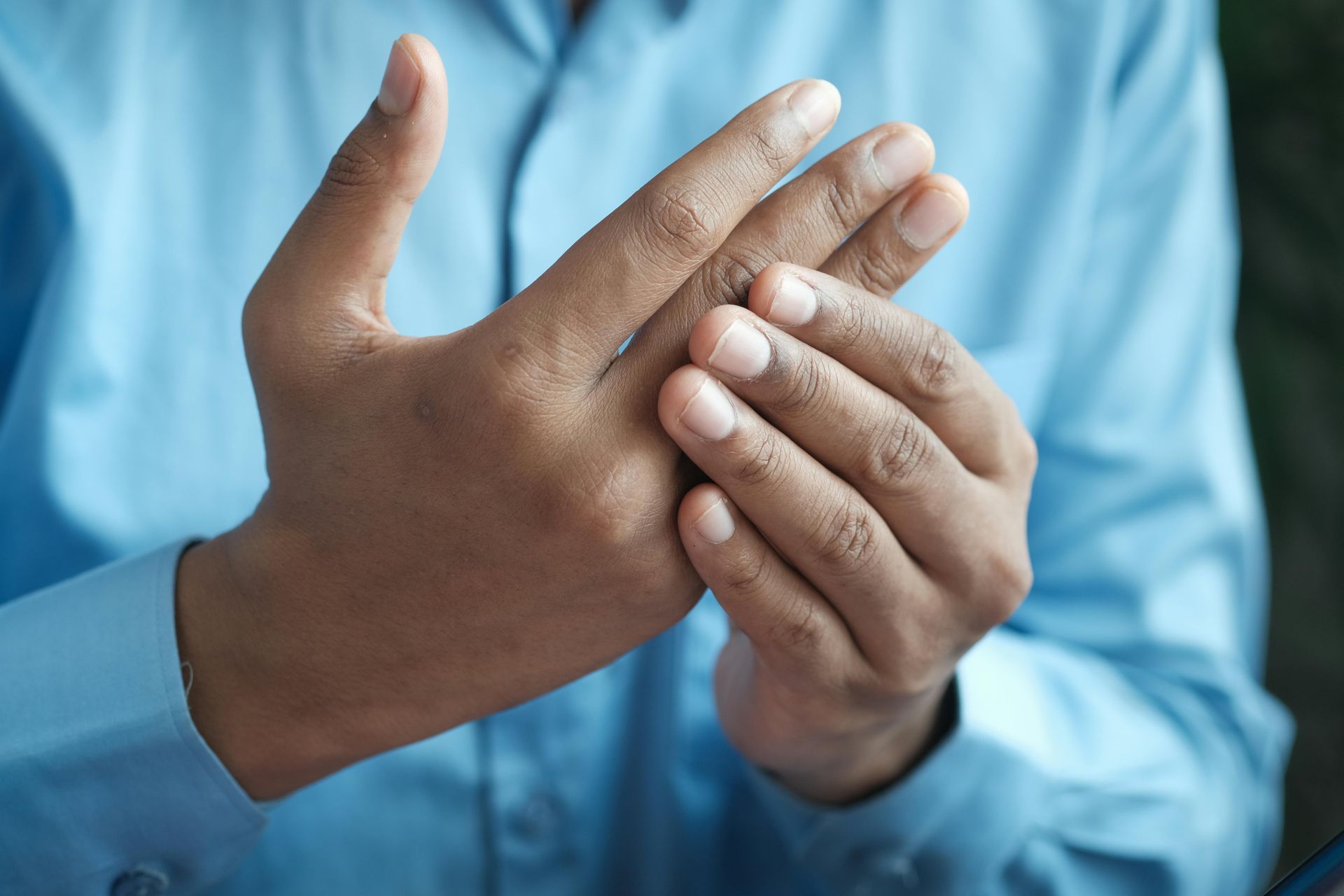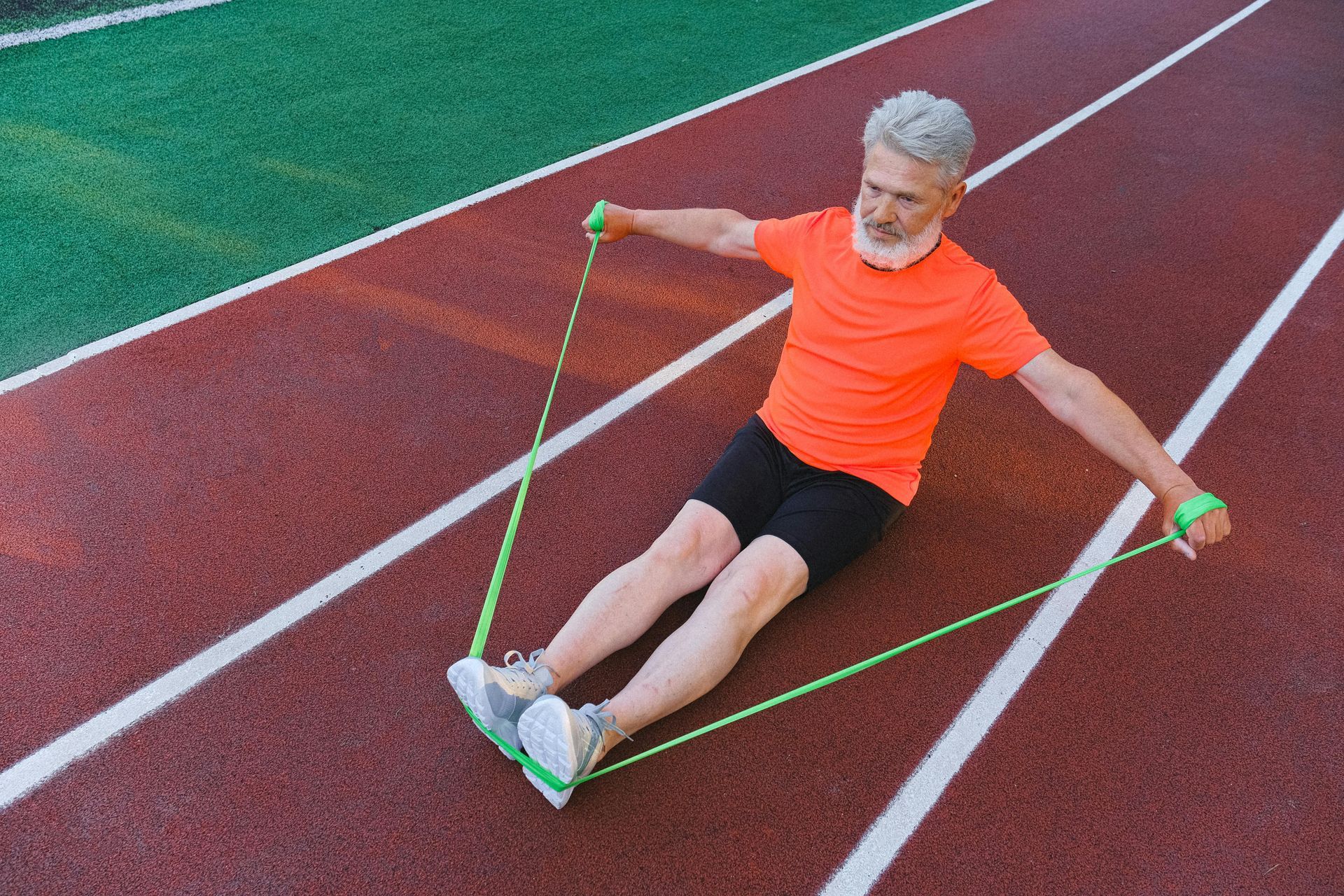How Manual Therapy Can Help Seniors With Postural Imbalances

Understanding Postural Imbalance in Seniors
Postural imbalances often result from factors like
muscle weakness,
joint stiffness,
reduced flexibility, neurological changes, and
sensory decline. Addressing these issues holistically is essential to improving balance, reducing pain, and enhancing overall quality of life for seniors.
Common symptoms of muscular imbalances include
chronic pain,
limited range of motion,
poor posture,
muscle tightness or weakness,
fatigue during exercise,
instability, and
asymmetrical movement patterns. These imbalances can stem from causes such as repetitive movements, sedentary lifestyles, poor posture, improper exercise form, injuries, muscle overuse, age-related changes, neurological conditions, and even gait abnormalities or poor footwear.
How Our Manual Therapies Help
Manual therapy offers significant benefits for correcting these imbalances. Remedial massage therapy, performed by Sam Noh, focuses on relieving muscle tension, reducing pain, and improving circulation. In addition, Sam's use of dry needling targets specific trigger points to release muscle tightness and improve mobility, providing further relief from chronic pain and muscular tension. These therapies target tight muscles, enhancing flexibility, mobility, and proper movement patterns to support better posture. Scientific evidence highlights their effectiveness in reducing musculoskeletal pain and increasing range of motion.
Ian Selvarajoo, our myotherapist, utilises techniques such as trigger point therapy, stretching, dry needling, and exercise prescription to correct muscle imbalances and reduce pain. Myotherapy offers a holistic approach to musculoskeletal health by combining manual techniques with tailored exercise plans to strengthen weak muscles, improve stability, and relieve chronic tension.
Dr. Tanja Nishibata, our chiropractor, focuses on spinal alignment, joint health, and nervous system optimisation. Chiropractic care can improve alignment, enhance muscle control and coordination, and reduce fall risks by addressing spinal misalignments and optimising nervous system function. Research supports its role in improving balance, reducing pain, and correcting postural issues through spinal adjustments and joint mobilisation.
The Power of a Multidisciplinary Manual Therapy Approach
Our approach is rooted in collaboration and personalised care plans tailored to each client’s needs. We combine remedial massage, dry needling, myotherapy, and chiropractic care to address muscle imbalances holistically and improve posture, mobility, and overall well-being. Whether you are seeking to regain mobility, reduce pain, or improve posture, our comprehensive manual therapy approach, led by our experienced practitioners in Good Health Group Clinic, can make a significant difference in your quality of life.
Reference
- International Journal of Therapeutic Massage and Bodywork. Studies on the effectiveness of massage therapy for reducing muscle stiffness and enhancing flexibility.
- Journal of Pain. Research highlighting massage therapy’s role in pain reduction and muscle relaxation.
- Journal of Bodywork and Movement Therapies. Evidence supporting myotherapy’s effectiveness in reducing musculoskeletal pain through trigger point therapy and dry needling.
- Manual Therapy. Research on myotherapy’s impact on musculoskeletal health through combined techniques.
- Spine Journal. Evidence on the benefits of chiropractic care for spinal alignment and postural correction.
- Journal of Manipulative and Physiological Therapeutics. Systematic reviews highlighting chiropractic care’s impact on balance and fall prevention in seniors.
- Journal of Multidisciplinary Healthcare. Reviews on the benefits of combining manual therapies for improved postural control and mobility.
- Age and Ageing Journal. Research supporting exercise therapy’s role in enhancing muscle strength and balance in older adults.
Blogs














